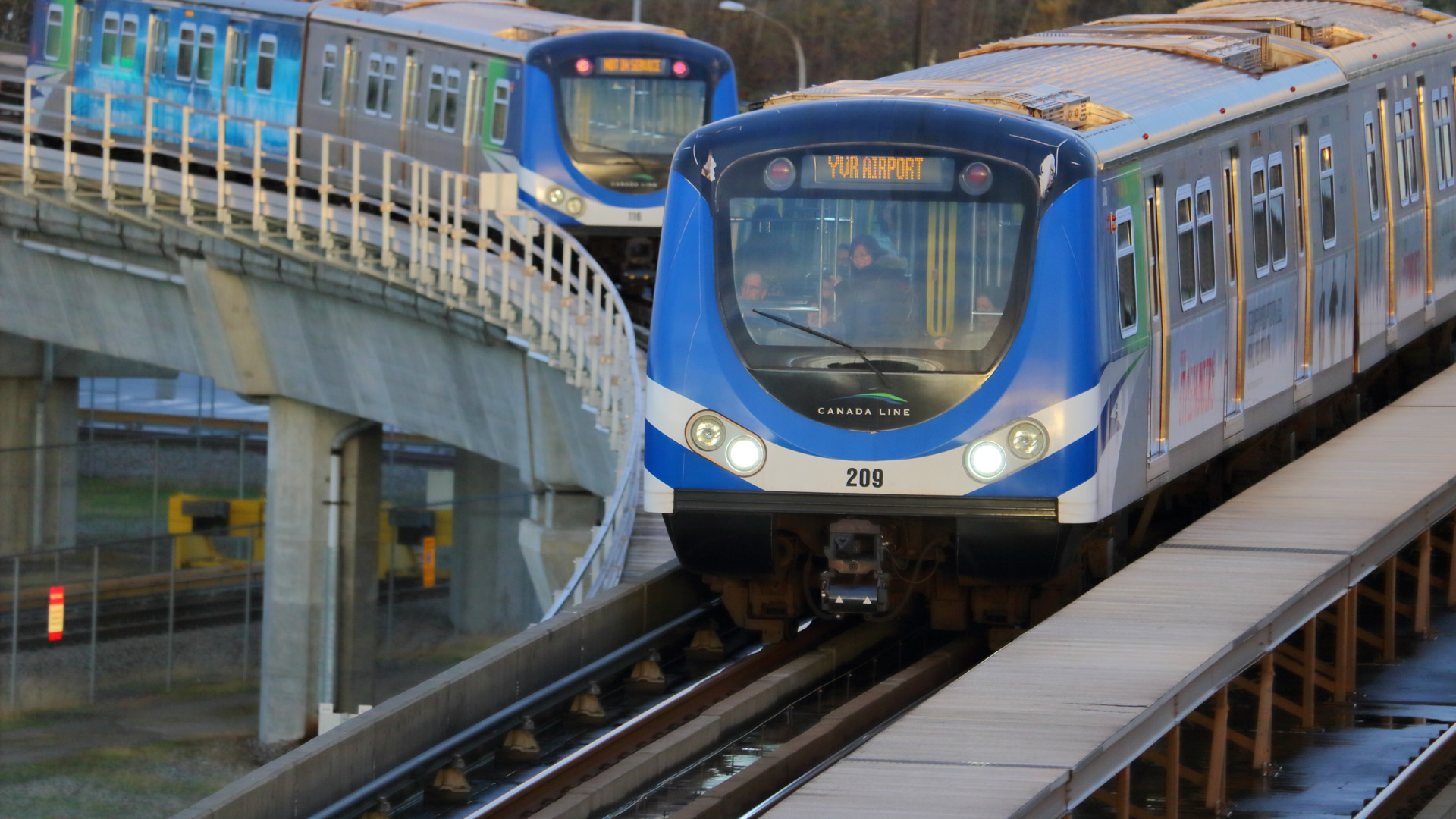
Imagine that it’s 80 to 100 years ago, you’re living on a farm in rural Canada, and the regional electrical network fails. You might not even have electric power at all but if you do it will likely mean lighting more candles. Your wood stove will keep you warm and let you cook, and your icebox uses ice. The livestock will be fine. You have water on the property, and you deal in cash.
In the 2020s, the situation is a little more troublesome. You might lose heating and very likely cooking and refrigeration. In a rural area, your water supply may require an electric pump. The communications that you depend on may fail immediately or in a few hours. You might be able to carry out some transactions in cash, but without electricity the local stores may need to close, and online shopping may be offline. If the failure lasts more than a day or so, you might have to start thinking about where food is going to come from.
We have become much more prosperous over the last 100 years, but also more vulnerable to disruption. We depend on the uninterrupted use of a wide range of systems that deliver power and water, allow us to communicate, provide emergency and health-care services, enable transportation and facilitate financial transactions, just to name a few.
The COVID-19 crisis is about physical infrastructure, too
A national infrastructure assessment would help drive more sustainable construction
Data sharing should not be an afterthought in digital health innovation
These systems – “critical infrastructures” – include both physical infrastructure such as electrical power grids; transportation networks and sewage and water systems; digital infrastructure, including electronic systems and associated software and data; as well as the human resources required to maintain and operate them. All critical infrastructures are designed to deliver one or more functions (for example power and potable water supply, communication, transportation, health or financial service delivery).
These systems need to be able to withstand large acute shocks, whether deliberate (such as terrorist attacks) or otherwise (for example extreme weather events) without significant loss of function. And when loss occurs, function must be restored quickly.
A recent report by Public Safety Canada has identified the importance of renewing Canada’s approach to critical infrastructures. We agree, and suggest that any such approach should first and foremost focus on their robustness and resilience.
Robust and resilient infrastructure
What do we mean by robust and resilient infrastructure? The maximum short-term loss of functionality following an acute shock is a measure of the system’s robustness: the smaller the loss, the greater the system robustness. The faster a system recovers functionality, and the smaller the long-term loss of function, the greater the system resilience. Taken together, the twin properties of robustness and resilience capture a system’s vulnerability to acute shocks, with the most vulnerable systems having low robustness and low resilience.
But why is it a problem to ensure that our critical infrastructures have high robustness and resilience?
Think of a group of cross-country runners competing over a rocky, hilly course. Falling on the rocks is likely to lead to an injury, so protective equipment makes sense. But wearing restrictive protective equipment will slow a runner down. So, to have the best chance of winning, a competitor will have to forgo the protective equipment. However, the disincentive to individual competitors of wearing protective equipment can be removed if there is some sort of oversight that ensures that all competitors wear it.
The same applies to ensuring critical infrastructures have sufficient robustness and resilience. Well-functioning critical infrastructures provide enormous benefits to society at large. But for those building and operating them, the additional costs of ensuring robustness and resilience to acute shocks puts them at a competitive disadvantage during times when there are no such shocks, in the same way that cross-country runners wearing protective equipment are at a competitive disadvantage except when they fall. During “normal” operations, then, the costs of investments in robustness and resilience produce no additional benefits – implying reduced efficiency. Since markets reward greater efficiency, they may not produce critical infrastructures with the required robustness and resilience.
How do we get there?
If we can’t rely on unregulated markets, how do we get from where we are now to a situation where critical infrastructures have the required robustness and resilience?
First, we need to develop and validate a set of robustness and resilience criteria and associated indicators for critical infrastructure. This is a challenging but achievable task. The robustness and resilience of a system may be difficult to observe or measure under normal operating conditions, and a lack of either may have few visible effects. Estimating robustness and resilience to acute shocks is both difficult to do and difficult to communicate.
Such criteria and indicators are also important for demonstrating improvement – or degradation. For example, if those operating critical infrastructures – such as utilities – cannot judge or demonstrate the improvement in robustness or resilience that an expensive investment provides, why would they pay for it? If taxpayers cannot see that their contributions lead to greater resilience and robustness, why would they support the taxation that funds it?
Second, once developed, these criteria and indicators must be applied to a defined set of critical infrastructures. Doing so could result in a pair of scores for each infrastructure, one for robustness and one for resilience. This exercise would immediately identify those that currently have low robustness and resilience, obvious priority targets for dedicated system upgrades.
Third, regulatory or policy instruments should be designed and implemented to ensure that critical infrastructure construction and refurbishing satisfy clearly defined minimal requirements during operation. One possible instrument would be a set of standards based on defined thresholds: for example, a robustness threshold that sets 20 per cent as the maximum tolerable loss of system functionality in response to an acute shock, or a resilience threshold of 48 hours to recover at least 90 per cent of pre-shock functionality.
Setting standards for critical infrastructure function allows designers and operators to develop and implement the most cost-effective solutions that satisfy the functional standard. These solutions may well vary dramatically depending not only on the critical infrastructure itself, but also on the set of acute and chronic stresses to which it is – or is likely to be – exposed (the “stress profile”). At the same time, incentives, disincentives and investments may be used to ensure that both new and refurbished critical infrastructures meet these standards.
As noted, the starting point for ensuring robust and resilient infrastructures is the development of appropriate criteria and indicators. Because much of the scientific and technical expertise required to do so exists outside the federal government, it will be important to solicit input from scientific and technical experts not only in federal, provincial, territorial and municipal governments but also in the private sector, academia and civil society.
It seems unlikely that we will go back to the days in which failures of electrical or communications networks were merely minor irritations. Such critical infrastructure now touches on every aspect of our society, from daily life to long-term prosperity, from personal to national security. We need to ensure that the necessary incentives or standards are in place to ensure that providers of critical infrastructure take into account the general effects on society when making investments in robustness and resilience.











